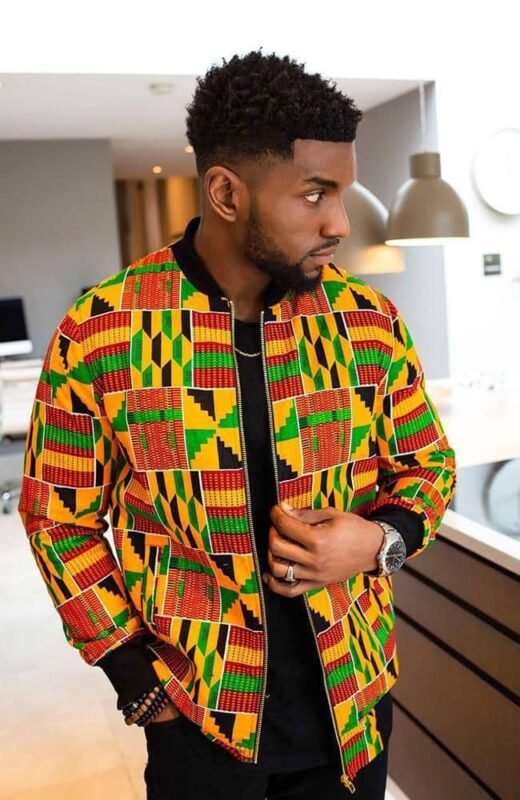Uncategorized
How Kente Streetwear is Redefining Afrocentric Fashion
Witness the rising trend of African-inspired fashion and the incorporation of Kente Cloth in streetwear. This vibrant and culturally rich style has been gaining momentum, with kente-infused streetwear leading the way. This article delves into the growth of kente streetwear, its origins, its impact on African diaspora and other cultures, and its position in modern Afrocentric fashion. We will also explore the future of this trend in the fashion and streetwear industry.

The Birth of Kente
The kente cloth traces its roots back to the 17th century in the Akan kingdom, present-day Ghana. This brightly colored, intricately patterned hand-woven fabric was initially used for royal and ceremonial attire. Its popularity soon transcended the Akan kingdom, reaching countries like Nigeria, Senegal, and the Ivory Coast.
Kente streetwear has since become a favorite among fashion enthusiasts worldwide. The vibrant fabric with its complex woven patterns appeals to a broad audience, from traditionalists to modernists. It is often used to create striking garments, including jackets, tops, and hats. Kente streetwear has also been adopted by politicians and celebrities, making it a popular choice for both the famous and the everyday person.

Kente’s Impact on Popular Culture
Kente’s bold colors and geometric patterns have become a symbol of African pride
and identity, significantly influencing popular culture. As the fashion trend has expanded, it has mirrored the increasing visibility of the African diaspora and its global cultural impact. This was evident when US house democrats donned the cloth in parliament in 2020. 
Celebrities and influencers have been seen sporting kente streetwear, and the unique aesthetic of the fabric appeals to those seeking to stand out, identify with African origins, and support local artisans who produce the fabric. Kente cloth has become one of the most recognizable fabrics of African origin, used by many to express their individual style and cultural pride. Whether they choose a traditional kente cloth design or a modern, street-inspired look, kente allows individuals to make a powerful fashion statement.

Kente’s Emergence in Mainstream Streetwear Fashion
Kente has been a significant part of African culture for centuries. In the 80s, kente patterns began to appear in fashion and streetwear designs, gaining popularity in urban areas. The rise of hip-hop and rap music further propelled kente streetwear into the spotlight. The unique aesthetic of kente streetwear, with its colorful weaves, patterns, and shapes, has a modern appeal that suits various styles. From the streets of Africa to mainstream fashion, kente streetwear has become a formidable presence. As African-inspired fashion continues to rise, kente streetwear is expected to remain a key player in the fashion world. Millennials, in particular, have embraced Kente fabric, incorporating it into their personal styles in various ways.

The Future of Kente Streetwear
As African-inspired fashion and Kente Cloth in streetwear continue to gain popularity, kente’s influence on popular culture is set to grow. With African music, videos, and fashion shows gaining global popularity, kente streetwear will likely become more visible on the internet, social media, streets, runways, and red carpets worldwide. Celebrities and influencers have embraced the style, making it a key part of streetwear culture. The future of kente streetwear looks promising. As the trend continues to gain traction, we can expect more designers to create unique pieces using kente fabric, leading to a wider range of kente streetwear. We can also anticipate more collaborations between mainstream streetwear brands and African fashion designers, further solidifying the style’s place in the fashion world. Kente streetwear is here to stay, and its continued evolution in the coming years is something to look forward to.










